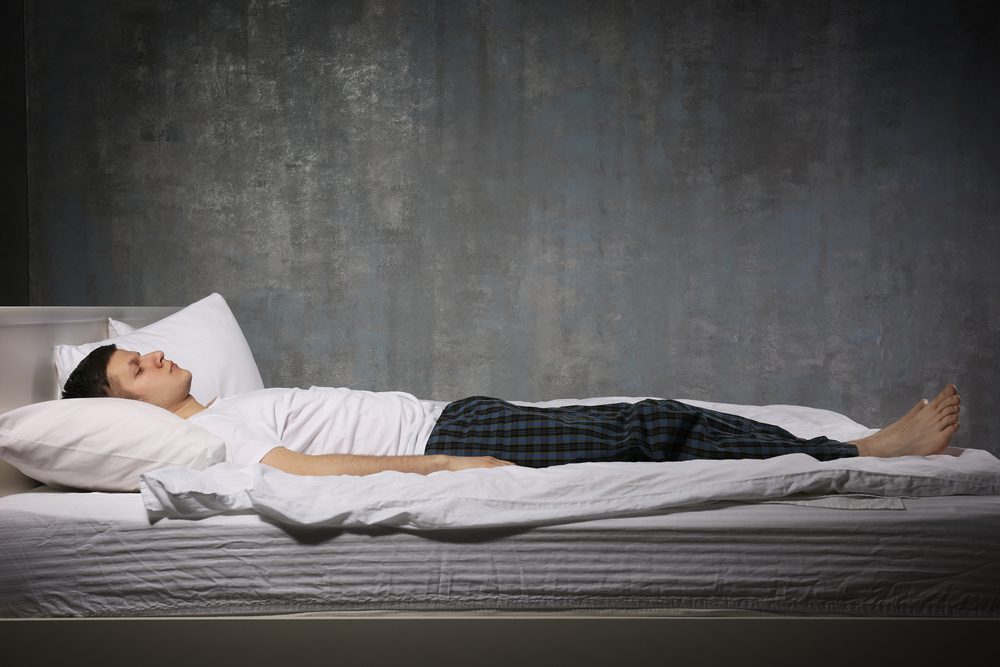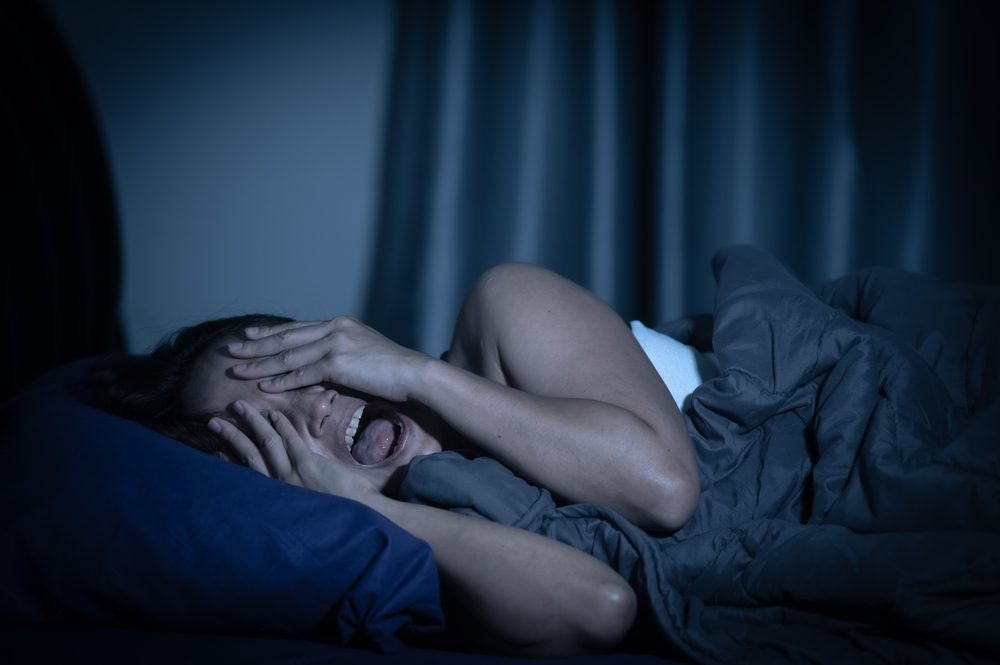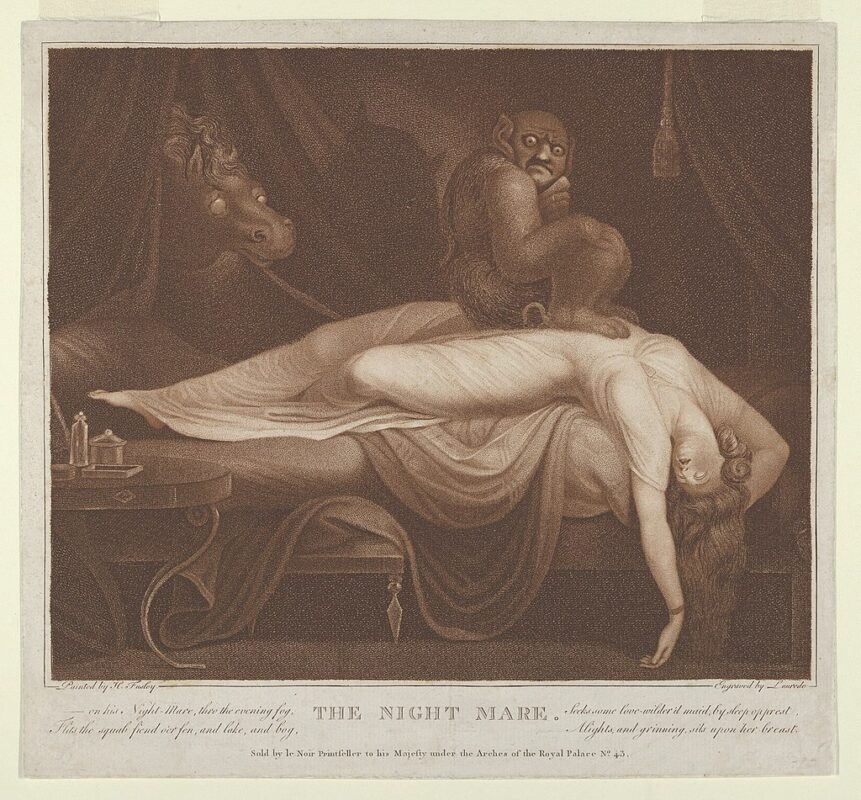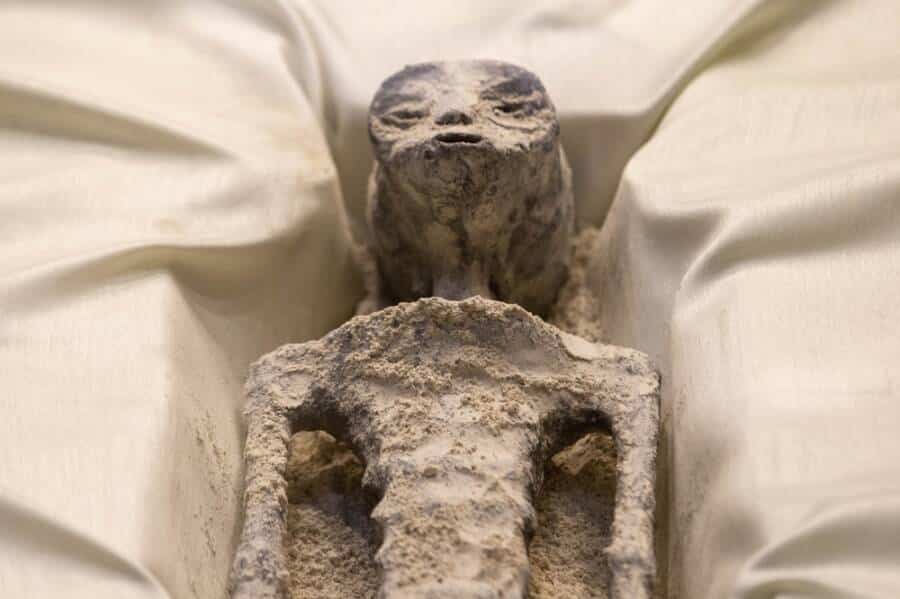Have you ever experienced sleep paralysis?
Sleep paralysis is something to consider only when it persists. If you’ve ever woken up in the middle of the night with an overwhelming feeling of terror, unable to move your body, then you have experienced this medical condition. So welcome to the club!
For some, it may last a few seconds, while for others, it can last several minutes. Either way, those seconds will feel like hours. Sleep paralysis can affect anyone, but there are several triggers that can lead to it.
This condition should not be confused with nightmares, because when a person is in a sleep paralysis episode they are fully awake, but they cannot move their body.
I’ve found 9 interesting things about sleep paralysis that you should know, whether you’ve experienced it or not. We know it’s a terrible feeling, but don’t get scared!

1. Your brain thinks it’s dying
Most of the time, sleep paralysis is accompanied by a dreadful feeling as if you are about to die. Yes, that’s your brain thinking it’s going to die. It’s not normal for the human brain to not have the capacity to establish a connection with the body, which is why that dread feeling occurs.
However, once you wake up, you feel relieved because the connection has eventually been restored. Many people experience short trauma after going through this. There is no shame in it because it’s not a sign of mental illness; it’s simply a minor glitch in the brain.
2. You can live through a horror movie
I have experienced sleep paralysis only once, at least up until this moment. Yes, I saw something that I can’t say it had a clear form, but it was more like a tall, dark shadow. I have friends who have more or less frightening stories about it, but there are also “peaceful” sleep paralysis experiences.
There are instances of sleep paralysis where you can only imagine having a normal conversation with someone who isn’t even in the room. In those moments, you may have a strange feeling, but not a very intense one, and certainly not one of being scared. You’re lucky if you avoid it so, good for you—I’m jealous!
3. It has two transitions
Sleep paralysis can occur during one of the two transitions, either when you are falling asleep or when you are waking up. Researchers tell us that the reasons for its occurrence are not fully understood.
Studies have been conducted, and it has been concluded that one must be in the sleep stage known as REM (Rapid Eye Movement) or transition out of it.
To give a brief overview of the sleep stages, we must start with the first stage, N1. This stage is the moment when a person is just starting to fall asleep and may last a few minutes.
The second stage, or N2, is a subdued state that involves a decrease in body temperature, muscle relaxation, and a decrease in heart and breathing rates. It can last anywhere between 10 to 20 minutes.
The third stage, or N3, is when sleep becomes much deeper, making it harder to wake up from this stage of sleep. Scientists tell us that during N3, the body regenerates and heals.
The next stage is REM, where dreaming begins, and the eyes move rapidly. This is the stage when sleep paralysis occurs, as the body encounters difficulties transitioning into or out of this state. If it occurs when falling asleep, it is called “hypnagogic” sleep paralysis, and if it happens during waking up, it is called “hypnopompic” sleep paralysis.

4. You can’t wake up your body
There is no known method to exit sleep paralysis. Even if you are aware that you are experiencing it, you cannot do anything about that.
Your body is completely asleep and not receiving signals from your awake brain. A very small number of people have managed to slightly move their fingers or facial muscles (especially eyelids or lips), but only when the information reaches the body you can wake up.
Fortunately, all you can do in such a situation is wait for it to pass and try to remain as calm as possible. The experience is certainly not pleasant, but it will end in a very short time.
5. It’s not a disease!
I’ll reiterate this information once again, it is not a disease! For those who have experienced this medical condition, don’t be alarmed, don’t start believing that there is something wrong with you. This phenomenon can occur just as well in a perfectly healthy person.
Sleep paralysis is a completely natural experience. Studies show that the majority of people go through it at least once in their lifetime, and many are not even aware of it.
Yes, it can manifest differently from person to person. If one has hallucinations, another may experience a peaceful episode. Sleep paralysis is not associated with any mental disorder.
6. Insomnia can be a cause
Research has been conducted over time on this phenomenon, and researchers have concluded that insomnia, stressful states, or simply lack of sleep lead to a higher occurrence rate of sleep paralysis.
Although there is no exact cause, despite attempts to uncover it, the reason has not been deciphered. Because there are people who experience this phenomenon frequently and studies have been conducted, but in vain.
My advice would be to live a healthy lifestyle when it comes to diet, physical activity, and sleep. Rest helps us regenerate our cells and heal both internal and external wounds.
7. Dating back to the 10th century
It seems that this phenomenon has been a curiosity as early as the 10th century. There are Persian medical texts that contain information about sleep paralysis.
However, the first detailed study was conducted by a Dutch physician in 1664. Unfortunately, he did not come to the correct conclusion as he believed that the 50-year-old woman was suffering from nightmares.
Later, in the 19th century, it was termed “sleep palsy,” and eventually, the name was finalized as sleep paralysis. The conclusion is that people have been experiencing these inexplicable episodes since ancient times.

8. Art was made about it
Once again, art never ceases to amaze us! During the Renaissance era, Swiss painter Henry Fuseli managed to depict sleep paralysis through his painting.
The painting portrays a sleeping woman, wearing a thin white dress, with a horrifying gremlin perched on her. The fact that it is sitting on her may symbolize the chest pressure one feels during such an episode.
Even to this day, another masterpiece by Henry Fuseli is regarded as one of the most well-represented paintings of sleep paralysis.
9. They wrote legends about it
Throughout history, many cultures have tried to explain this phenomenon, often through legends.
For example, in Japan, it was popularly known as “kanshibar,” which translates to “bound up with metal.” In China, it was known as “ghost oppression,” and in the United States, many believed it was connected to alien abduction.
In African culture, which is highly spiritual, they believed it to be “devil riding your back,” implying that demons were having intimate relations with the person in question. These demons were also referred to as “Succubus.”
Final thoughts
I know that sleep paralysis can be a truly terrifying experience at times, but the truth is, if you have it, you need to know that there is nothing wrong with you. It won’t have any impact on your health whatsoever.
My advice is to try your best to convince yourself that what you see is not real and that it will pass quickly. Up to this day, there has been no recorded case of anyone dying from sleep paralysis.
If you enjoyed the article, I recommend trying this one too Homo Sapiens: 5 Interesting Facts You Didn’t Know.








